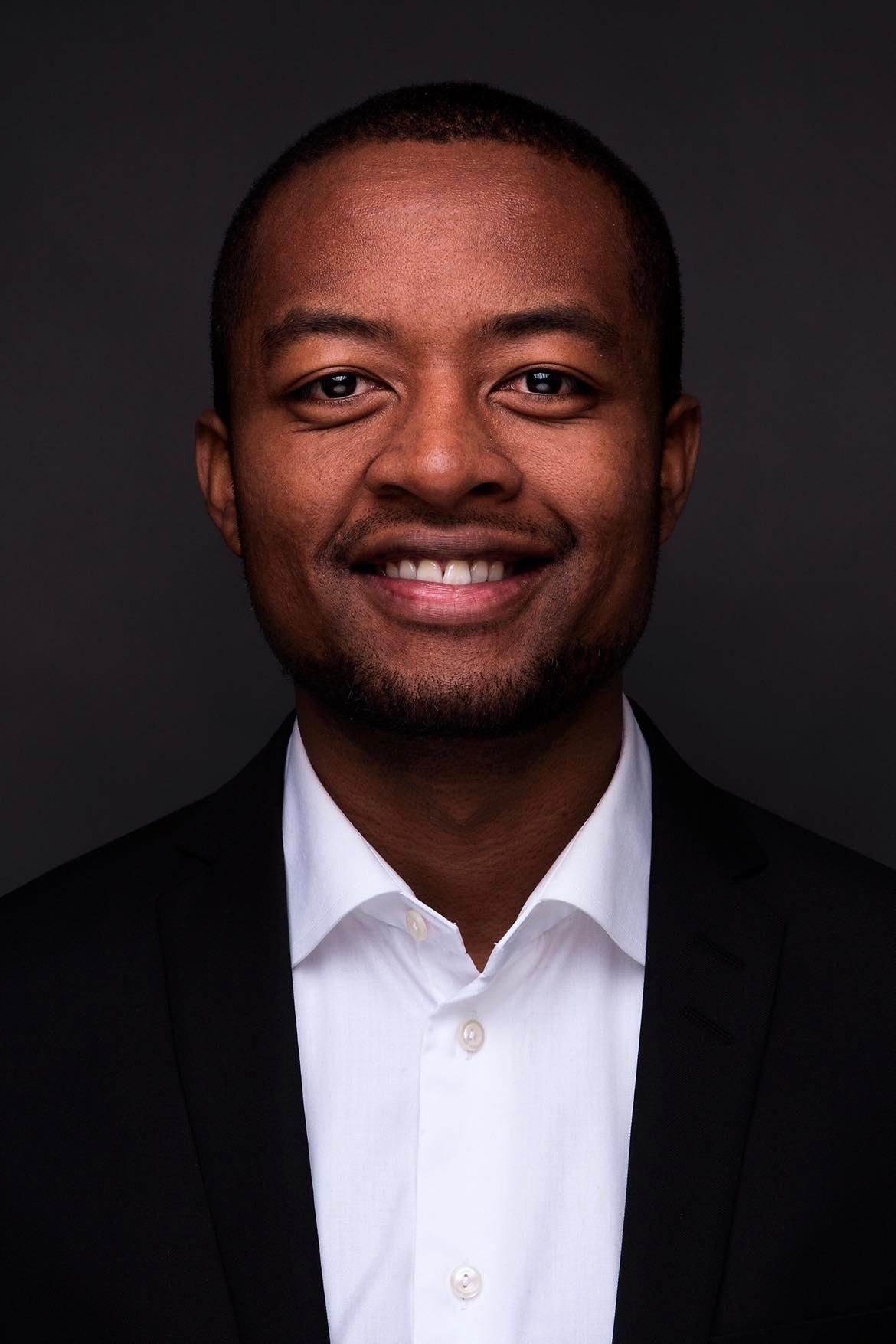
In 2019, Martin Ødegaard (24 years old) tried virtual training for the first time. After testing the technology, the founders were asked to raise the pace to 120 percent.
After the Arsenal captain’s goal in the 4-0 win over Everton, Sky Sports wrote about Ødegaard’s training form Which included the use of virtual reality goggles and the Norwegian Be Your Best programme.
The story later spread to other media.
– Former Arsenal coach Arsene Wenger said in 2020 that the next quantum leap in football is about training the mind to make better and faster decisions. We just want to help the player with this,” General Manager Andreas Olsen tells VG and adds:
– Ødegaard is a school example of a player who benefits greatly from being one small step ahead, all the time, because he orients himself before he gets the ball.
On Sunday, Drumenser shone again with a goal in Arsenal’s 3-0 win over London neighbors Fulham. On Monday, he was named London Performer of the Year, and he brought dancer Helen Spelling with him on the red carpet.
Ødegaard began wearing glasses during an injury spell in 2019. In January 2021, the dramatic striker was brought to Arsenal on loan, before the move was made permanent half a year later.
In England, Ødegaard established himself as one of the best players in the Premier League – with 10 goals and six assists he led the league.
The Norwegian is also second in the list of players with the most passes in the last third of the field.
The better a player is at orienting himself before receiving the ball, the more forward he passes, according to a study co-authored by Professor Geir Jordet in 2013.
Jordet’s research also formed the basis for the start-up Be Your Best, which he co-created with founder Odd Skarheim.
When he (Ødegaard) used it, he wanted a higher degree of difficulty. He was very humble and respectful while going through the scenarios. But instead of getting it at 100 percent fast, he asked if he could do it at 120 percent instead, says Olsen.

After input from Ødegaard, the company developed a function that allows the player to crank the speed up and down as desired. The big German club Borussia Dortmund is among the clubs that have bought the software and put it into use.
Olsen says they are using a VR platform where players are exposed to scenarios from the Premier League and Champions League where they have to orient themselves before getting the ball.
“Since day one, we’ve focused on improving football players’ ability to get a better overview of the pitch, so they can make better decisions,” he says.
Mark Williams is a researcher at the Florida Institute for Human and Machine Cognition. Among other things, he worked as a football analyst, authored the book Anticipation and Decision Making in Sport and contributed to the Norwegian Sports Academy.
He points out that the ability to orient oneself in football is crucial to success at the highest level. Williams believes skill can be developed through experience and training, both in real life and in the virtual world.
Virtual reality can help speed up development through more iteration and access to combat-like situations where decisions are made. A player can encounter hundreds of situations in a matter of minutes in a virtual reality environment, while it can take weeks or months before you’re exposed to the same number of situations in a real match, Williams tells VG.
– How important do you think virtual reality training can have for football in the future?
Given the importance of perception and decision-making in football, as well as the potential benefits that virtual reality presents, it could be an area of significant growth, says Williams.
He believes that a player in his early 20s can gain the experience of a player who is much further in his career.
Premier League
- Champions League
- European league
- UEFA Conference League
- exclusion

“Infuriatingly humble internet trailblazer. Twitter buff. Beer nerd. Bacon scholar. Coffee practitioner.”



